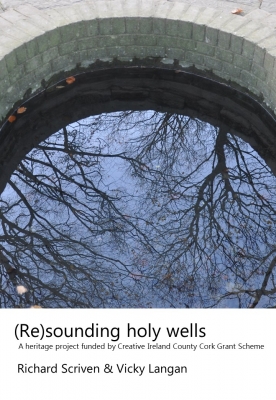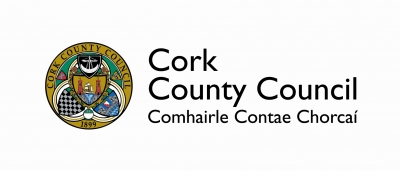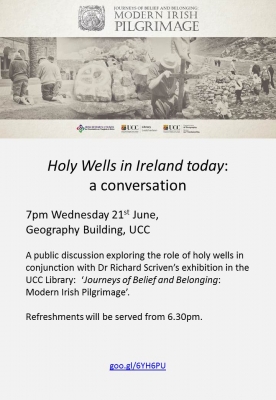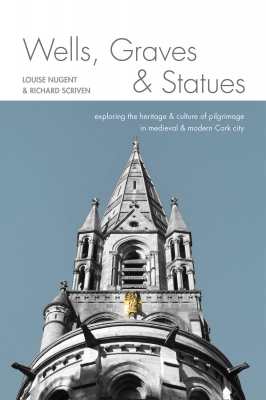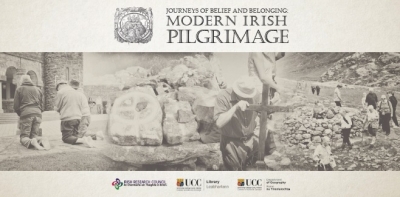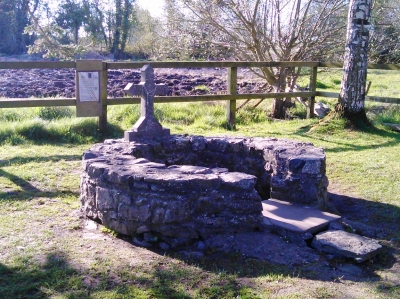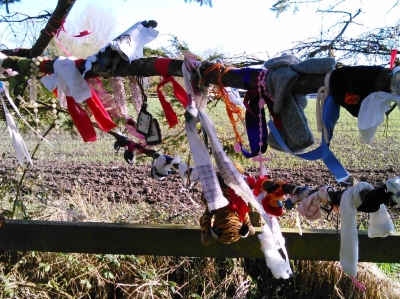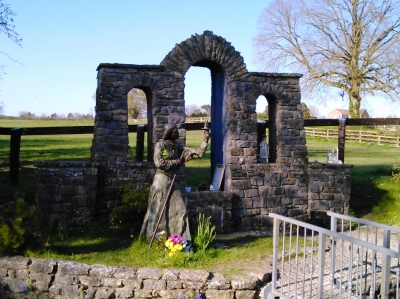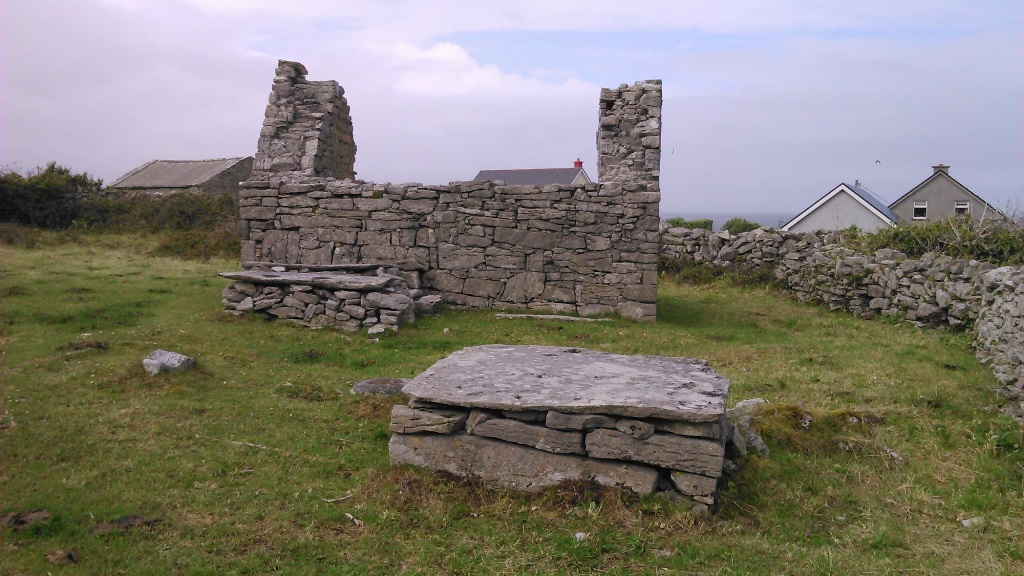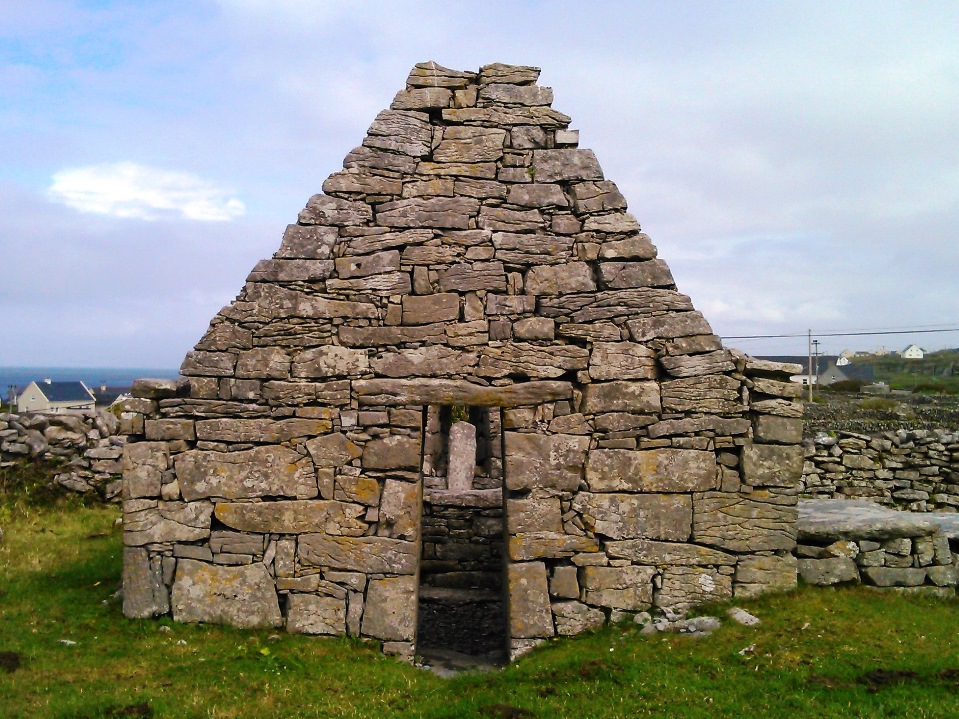Book: Journeys of Belief and Belonging: Modern Irish Pilgrimage
This book, based on the research of Dr Richard Scriven, explores the pilgrimage tradition and how it is manifest in contemporary Ireland. It illustrates how pilgrimage, an activity usually associated with the past, is a vibrant cultural phenomenon that inspires millions of people annually to leave home, go on a journey, and try to connect with the more meaningful aspects of life.
The text uses images taken during Richard’s fieldwork at some of Ireland’s main pilgrimage sites, Lough Derg, Co Dongeal; Croagh Patrick, Co. Mayo; Knock, Co. Mayo; and, a holy wells in Munster. These photographs of pilgrims and rituals offer a window into this living and evolving tradition. Quotations from people interviewed during the research add personal stories revealing how pilgrimage is a rich spiritual and emotional journey for many. It is based on research funded by the Irish Research Council.
Copies are in numerous local and institutional libraries in Ireland, and it is available to order through Amazon.
![Journeys of Belief and Belonging: Modern Irish Pilgrimage by [Scriven, Richard]](https://images-eu.ssl-images-amazon.com/images/I/51oLc6vuPBL.jpg)
